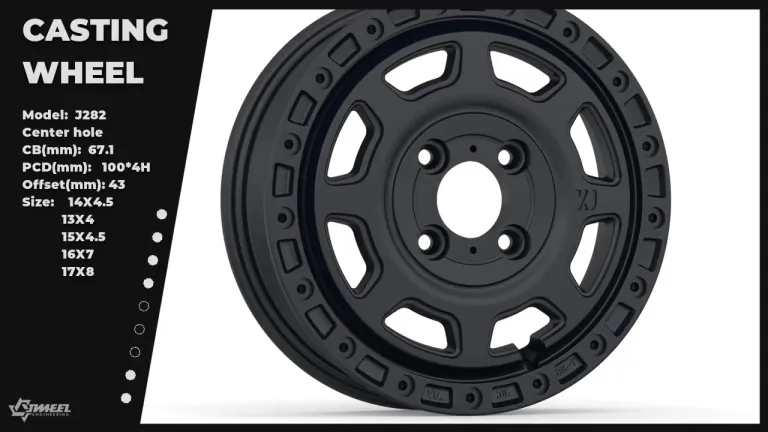Materials Matter: The Science Behind Cast Alloy Wheel Composition
Alloy wheels are a popular choice for car enthusiasts looking to enhance the appearance and performance of their vehicles. These wheels are made from a blend of different metals to create a durable, lightweight, and stylish option for replacing factory wheels. The composition of these alloy wheels plays a crucial role in determining their strength, weight, and overall quality.
Aluminum: Lightweight and Versatile
One of the most common materials used in the production of alloy wheels is aluminum. Aluminum is known for its lightweight properties, making it an ideal choice for wheels that need to withstand heavy loads while still being easy to handle. However, not all aluminum is created equal. Different alloys of aluminum can be combined with other metals such as magnesium, zinc, or copper to create wheels with varying levels of strength and durability.
Casting Process: Complex Designs Made Possible
The process of creating alloy wheels involves heating the metals to a liquid state and then pouring the molten metal into molds to create the desired shape. This process, known as casting, allows manufacturers to create complex designs and shapes that may not be possible with traditional steel wheels. Once the wheels are cast, they are cooled and treated to improve their strength and durability.
Magnesium and Steel Alloys: Alternative Options
In addition to aluminum, other materials such as magnesium and steel are also used in the production of alloy wheels. Magnesium alloy wheels are known for their lightweight properties and high heat resistance, making them a popular choice for performance vehicles. However, magnesium wheels are more expensive to produce and can be more susceptible to corrosion.
Steel alloy wheels, on the other hand, are known for their strength and durability. These wheels are often used on larger vehicles that require more load-bearing capacity. While steel wheels are heavier than aluminum or magnesium wheels, they are also more resistant to impact and corrosion.
Performance and Aesthetics
The composition of the alloy wheels also affects the performance of the vehicle. Lighter wheels can improve acceleration and handling, while heavier wheels may provide better stability at high speeds. The finish of the wheels, whether painted, polished, or coated, can also affect the overall performance and appearance of the vehicle.
Conclusion
In conclusion, the composition of cast alloy wheels is a crucial factor in determining their strength, weight, and overall quality. Different alloys of aluminum, magnesium, and steel can be combined to create wheels with varying levels of performance and durability. The casting process allows manufacturers to create wheels with complex designs and shapes that may not be possible with traditional steel wheels. Ultimately, the choice of alloy wheel composition depends on the specific needs and preferences of the car owner, balancing factors such as strength, weight, performance, and aesthetics.